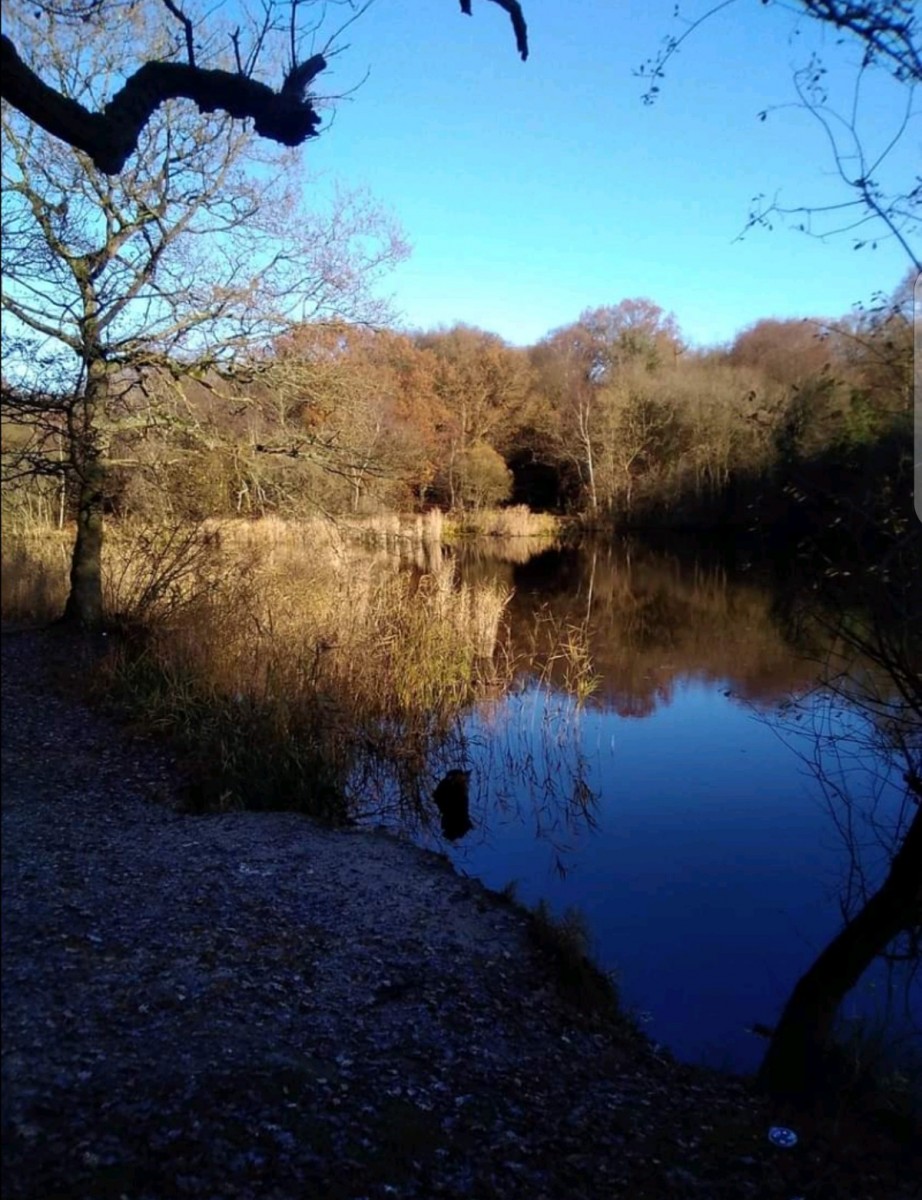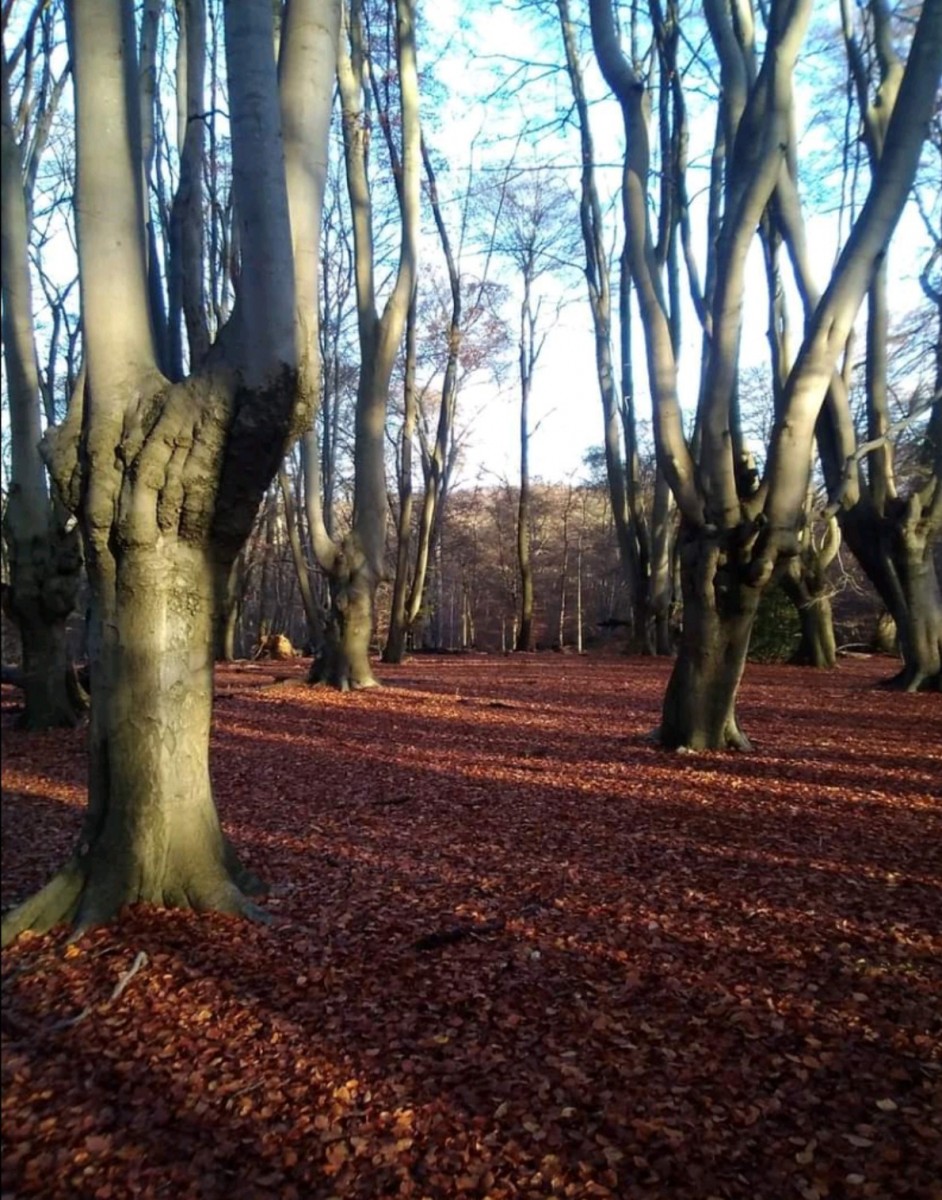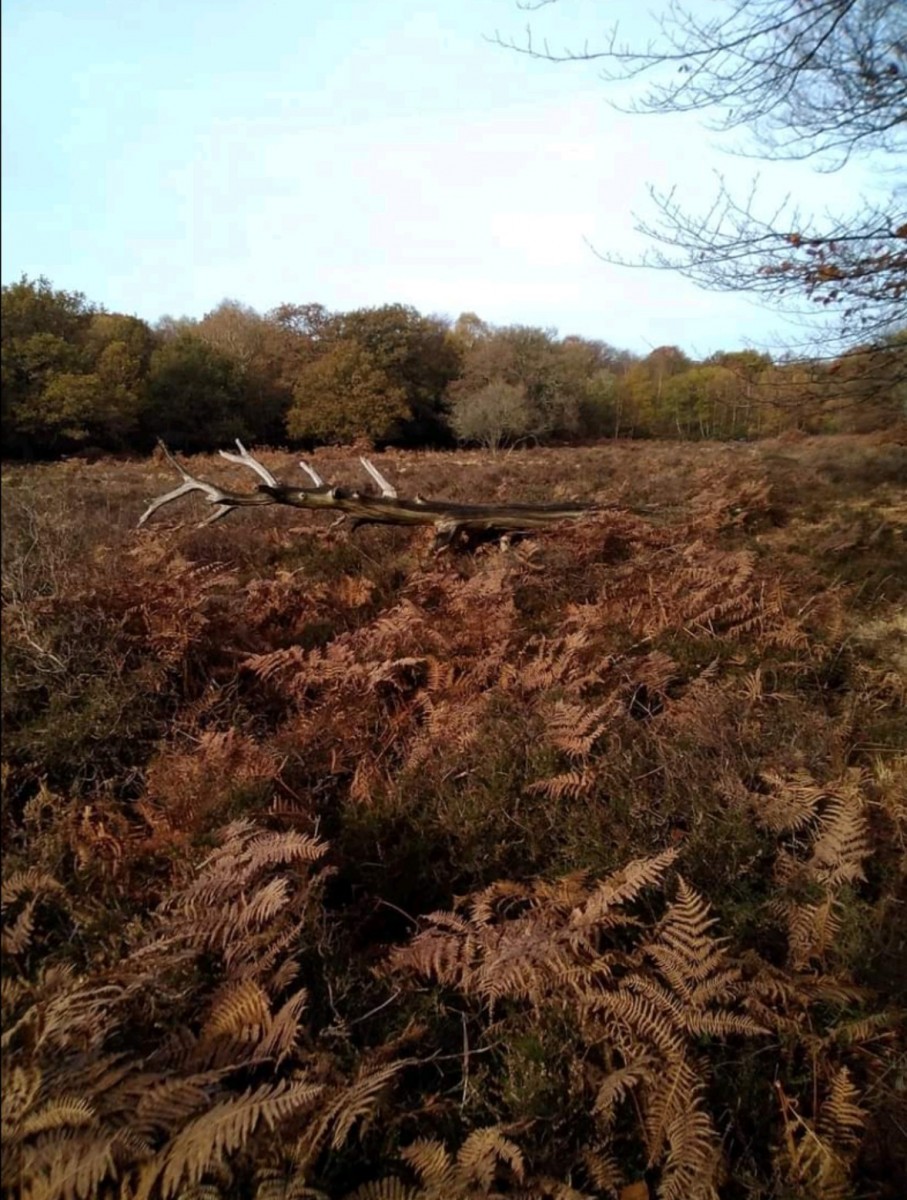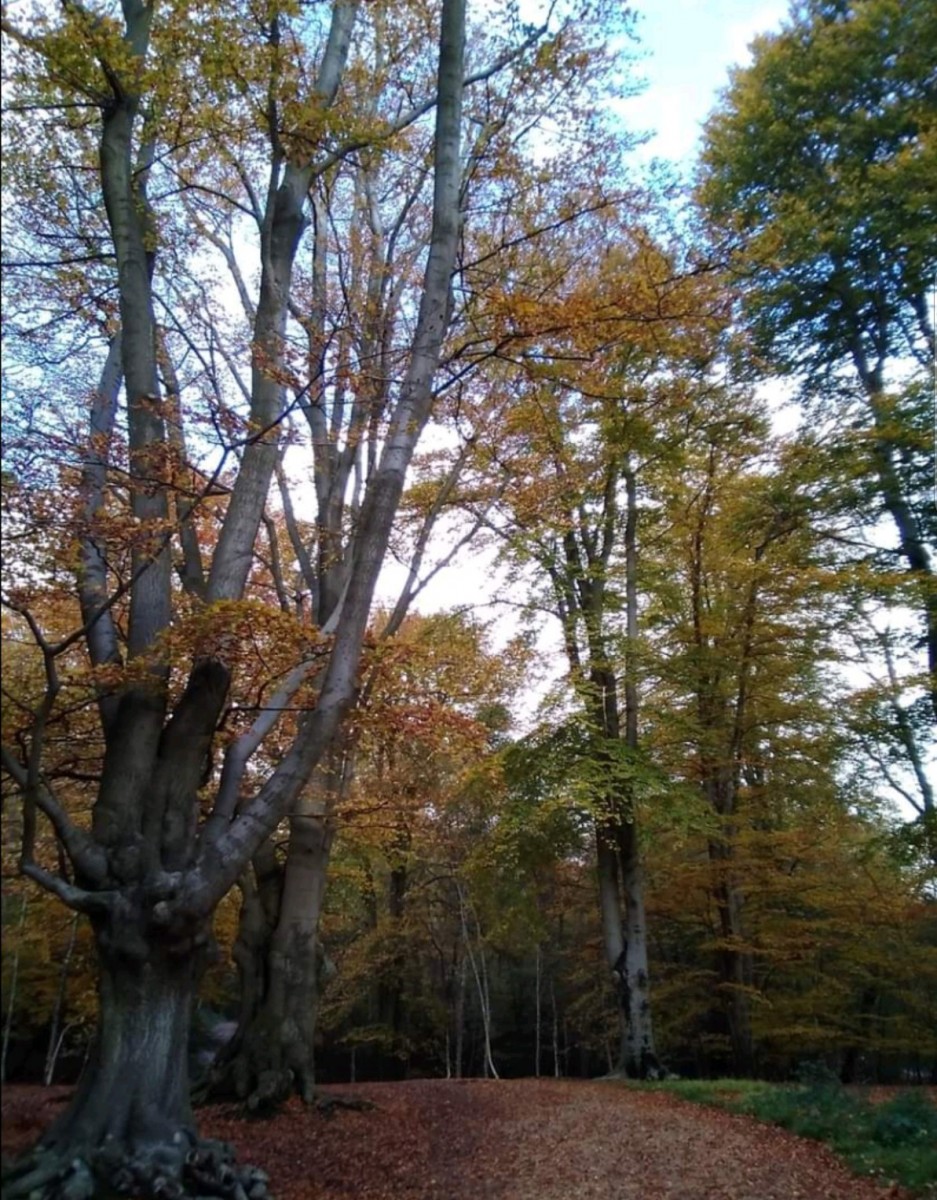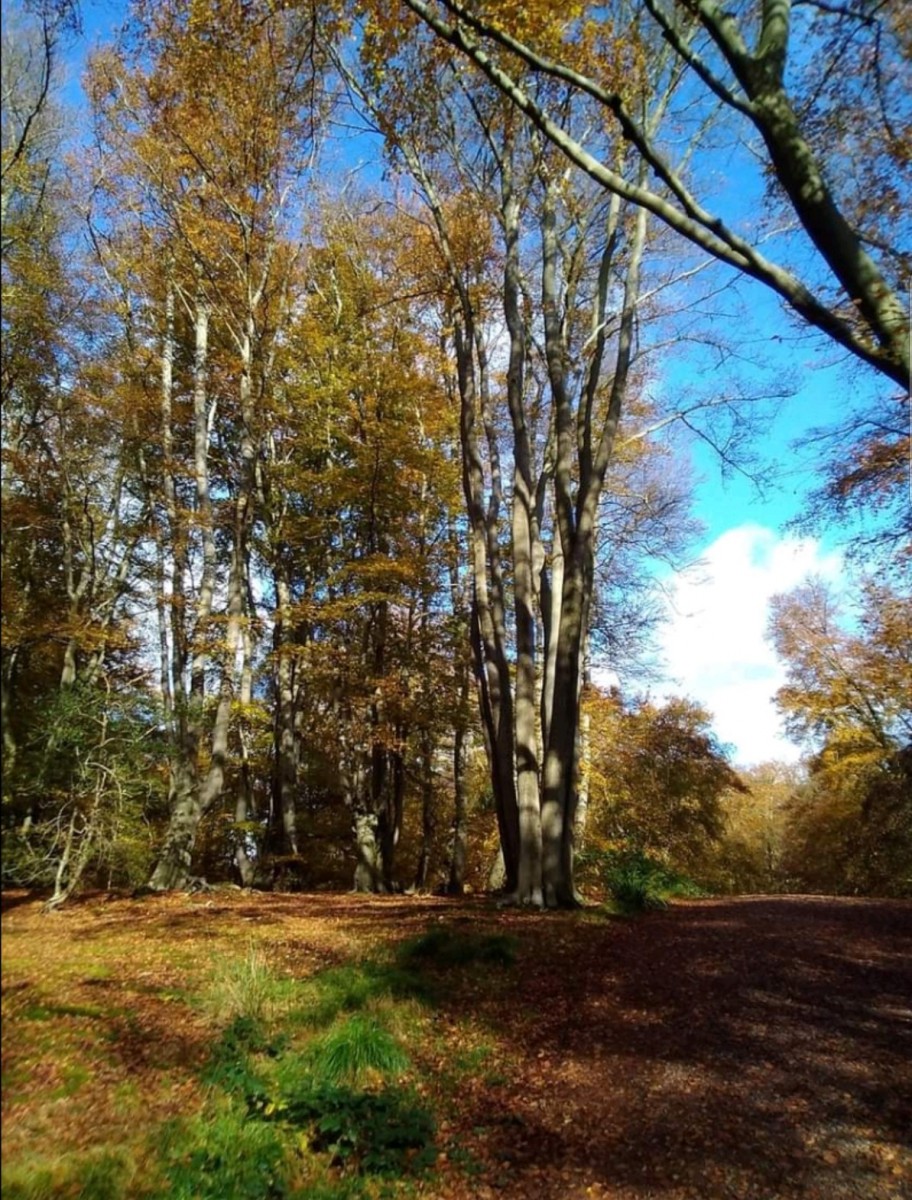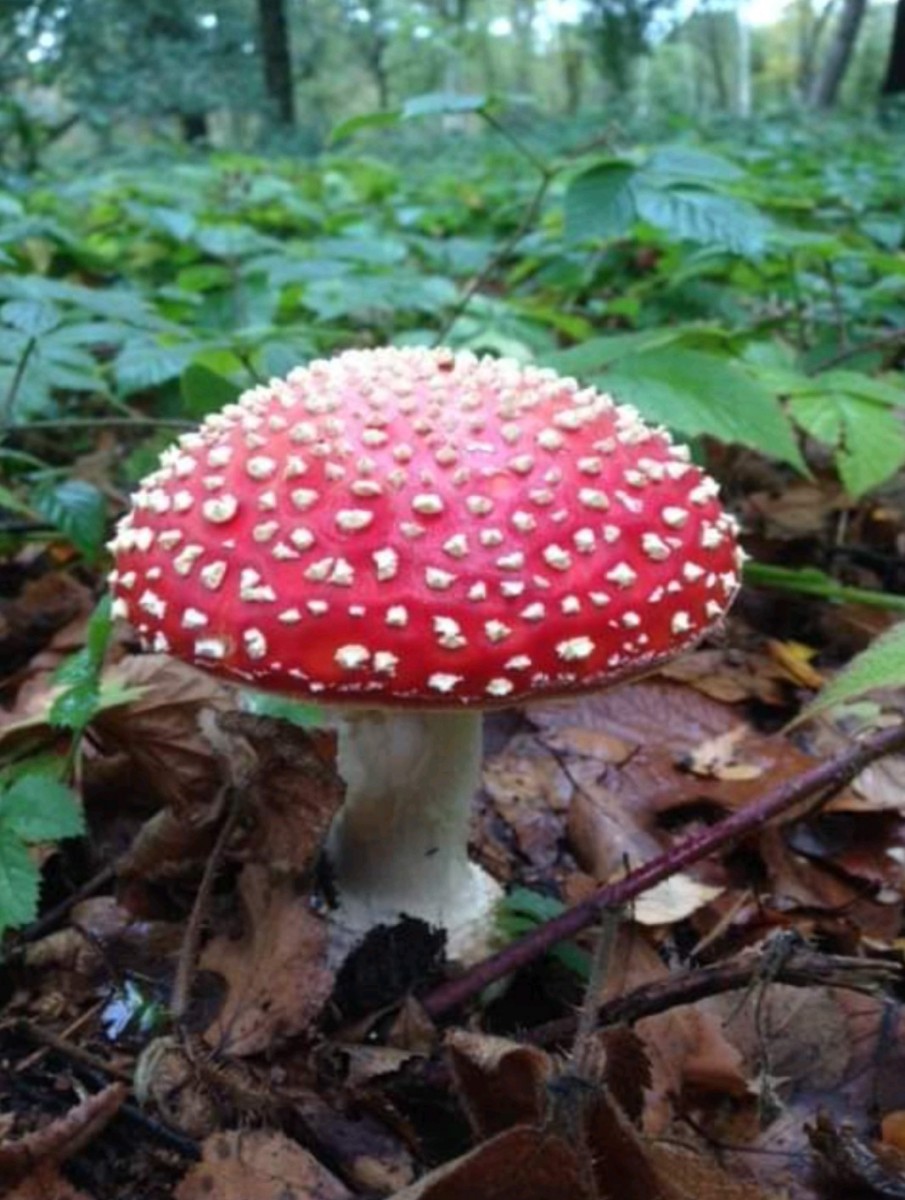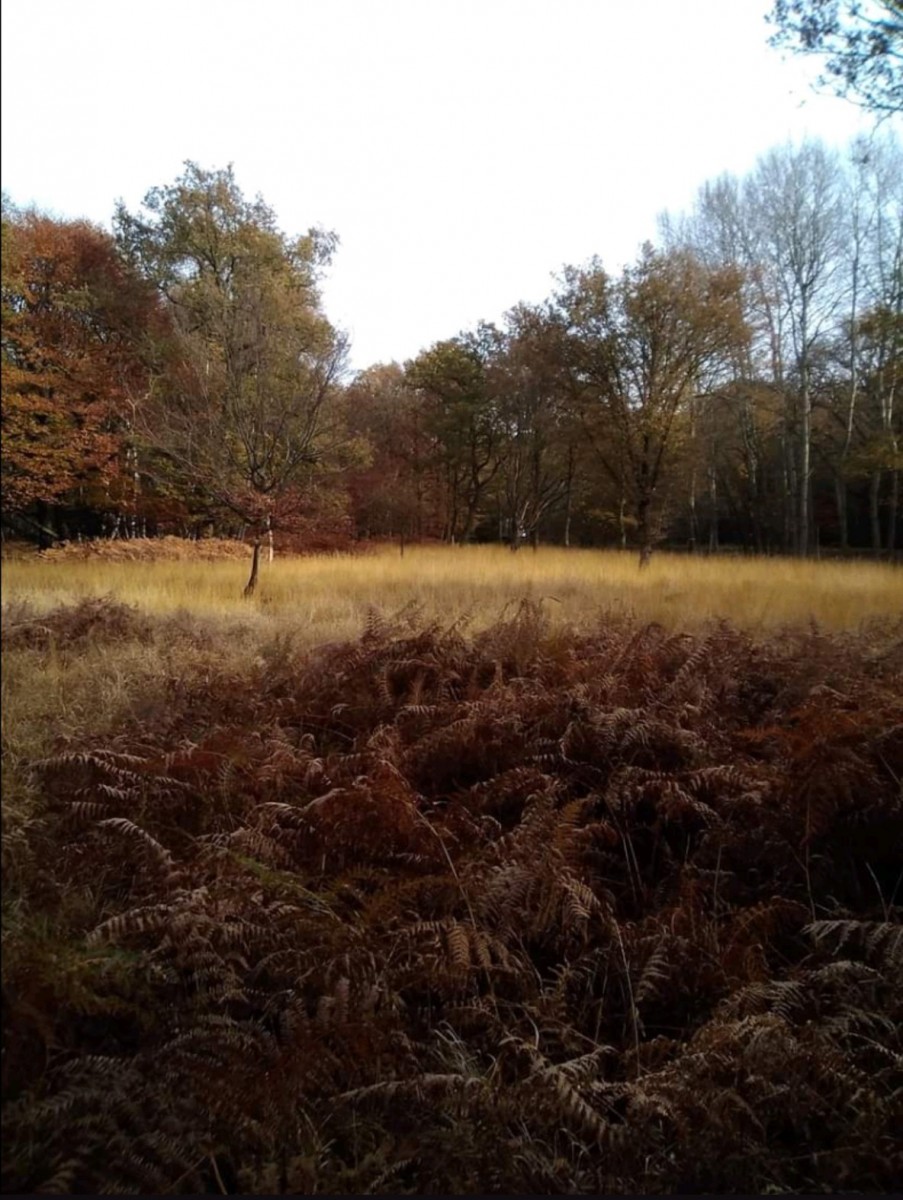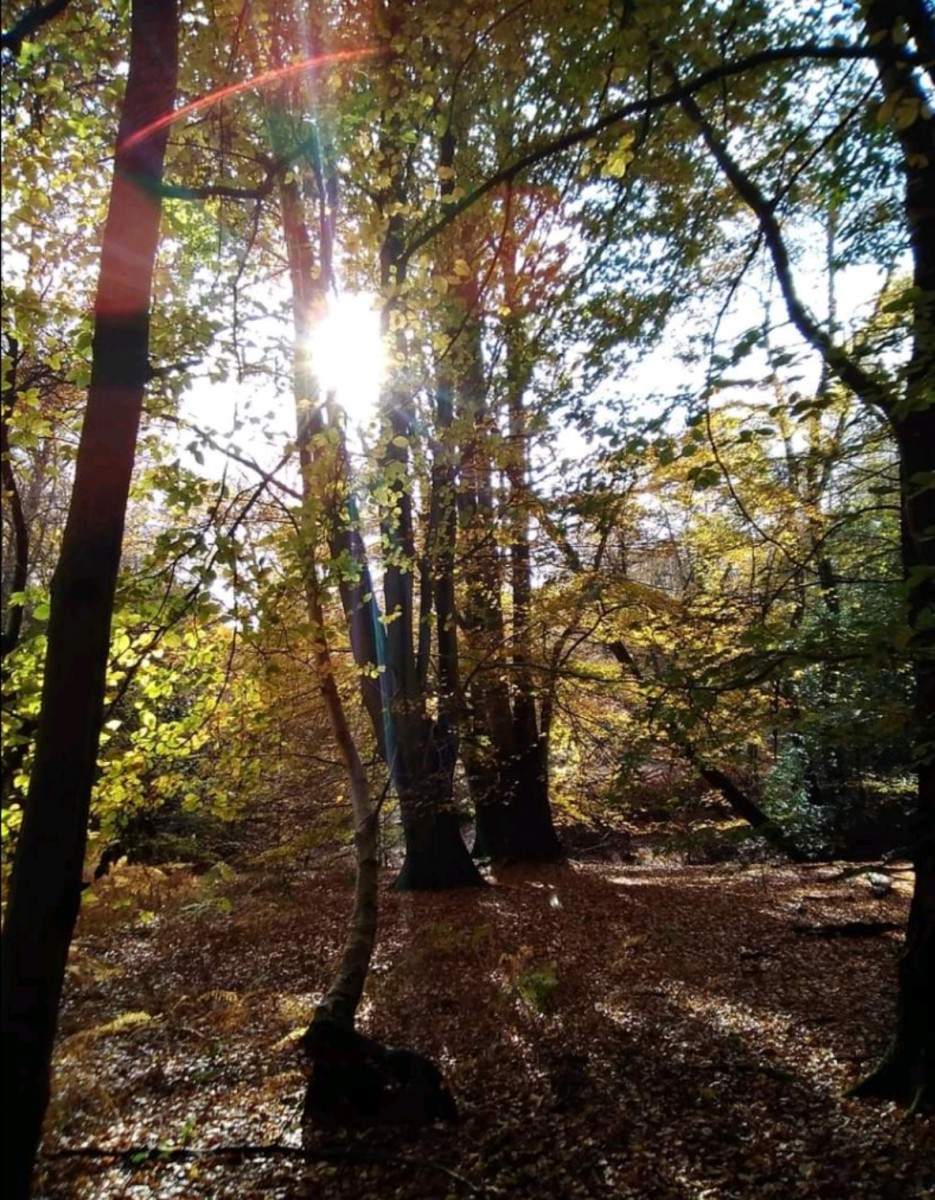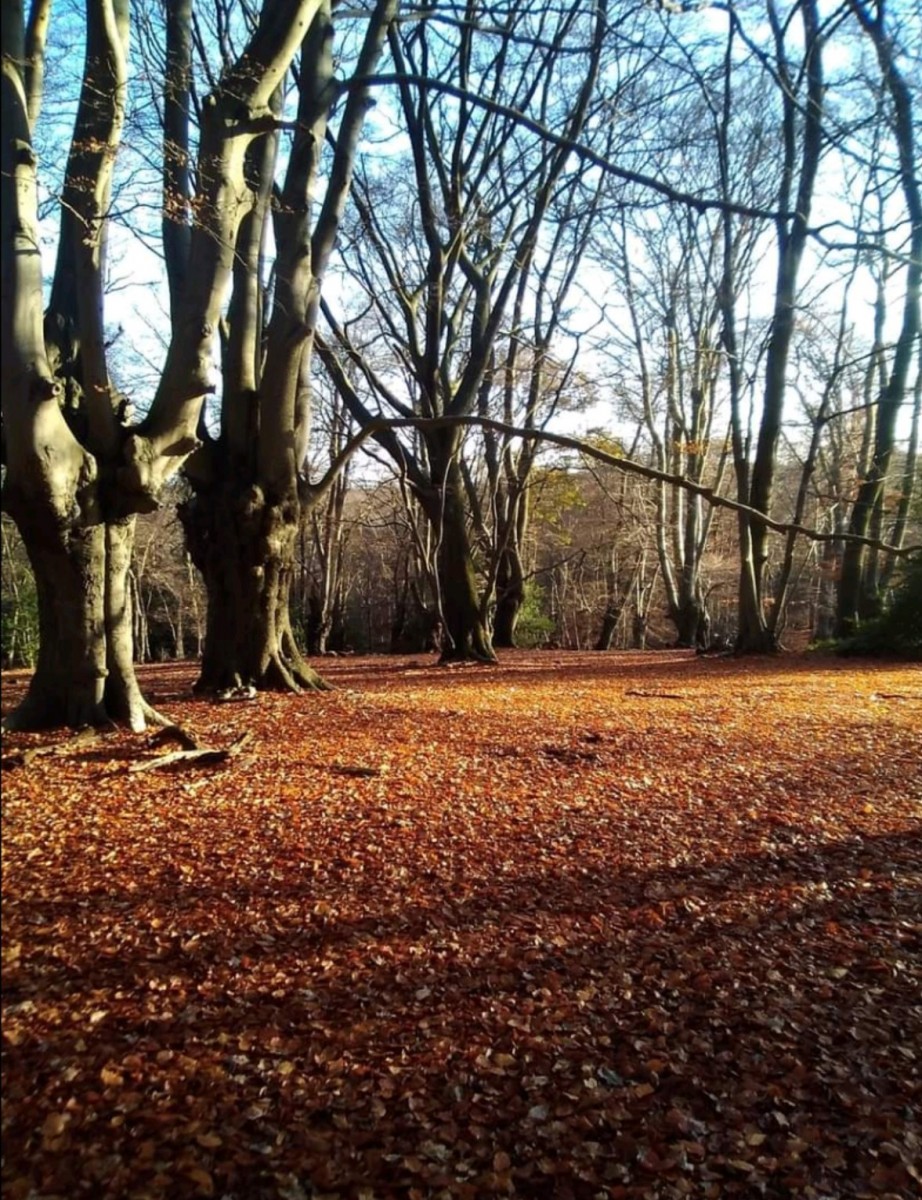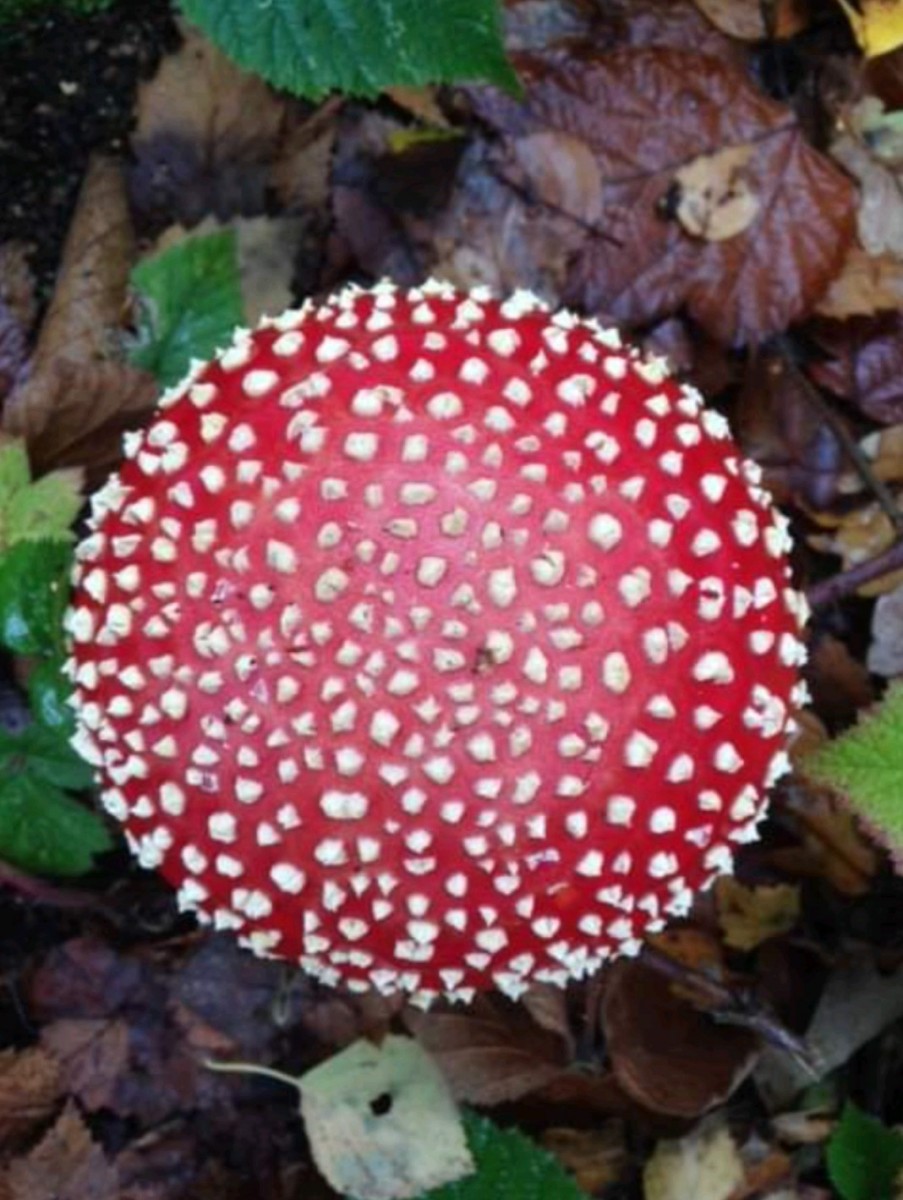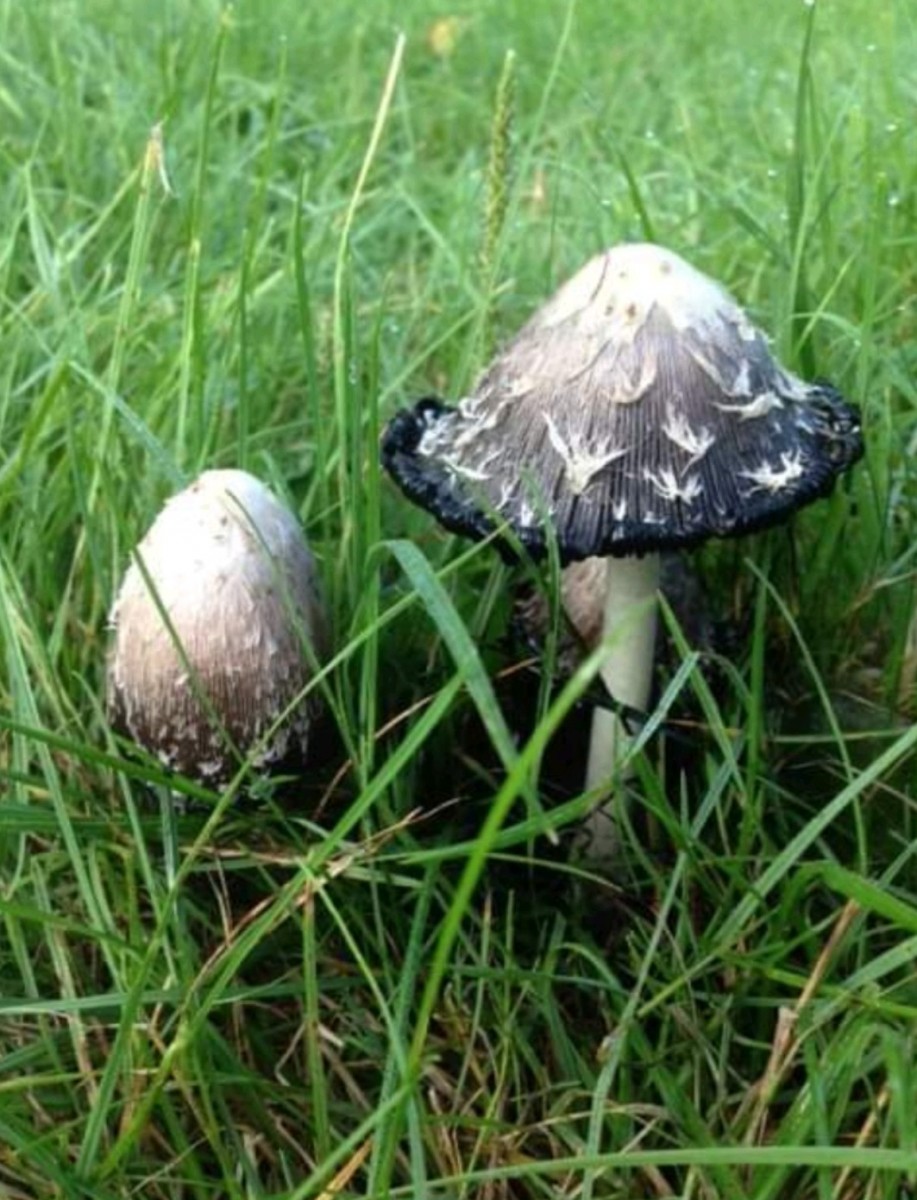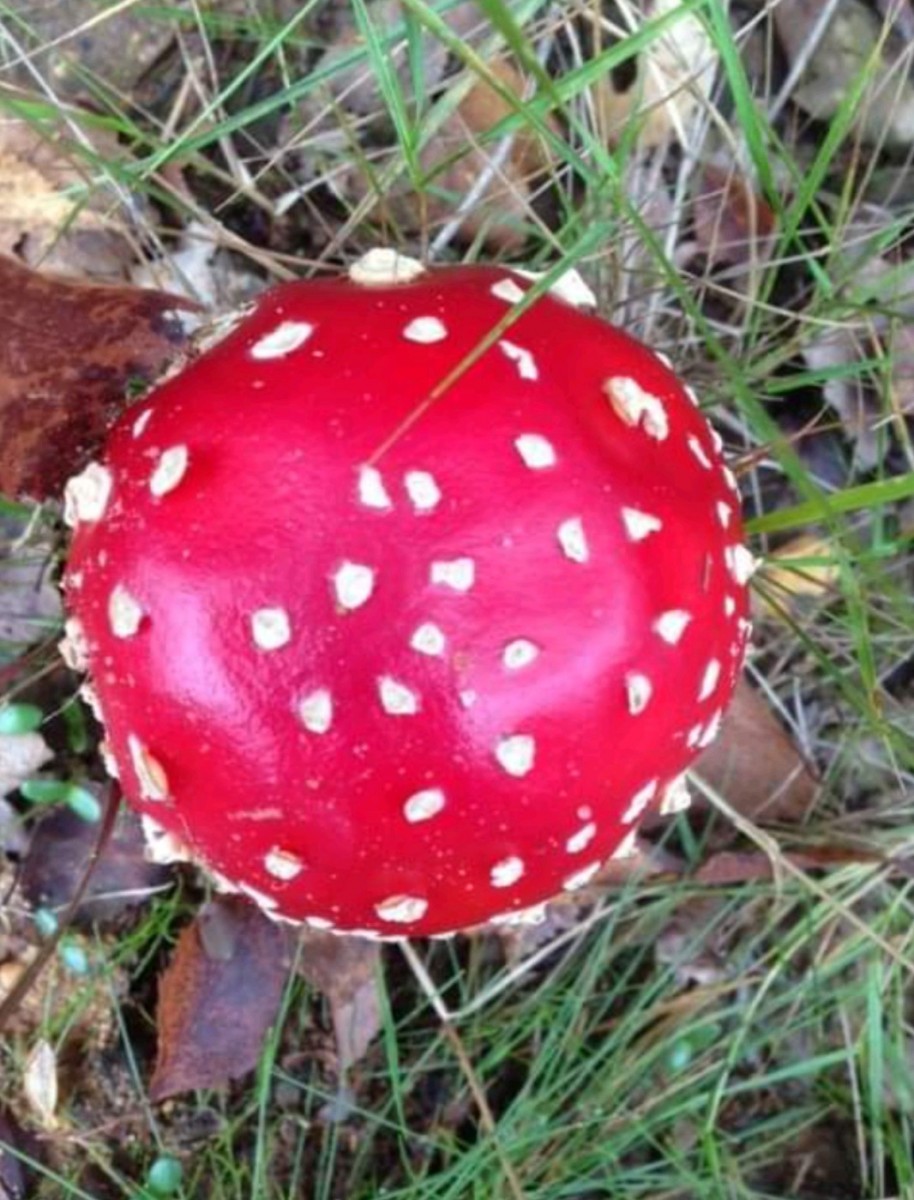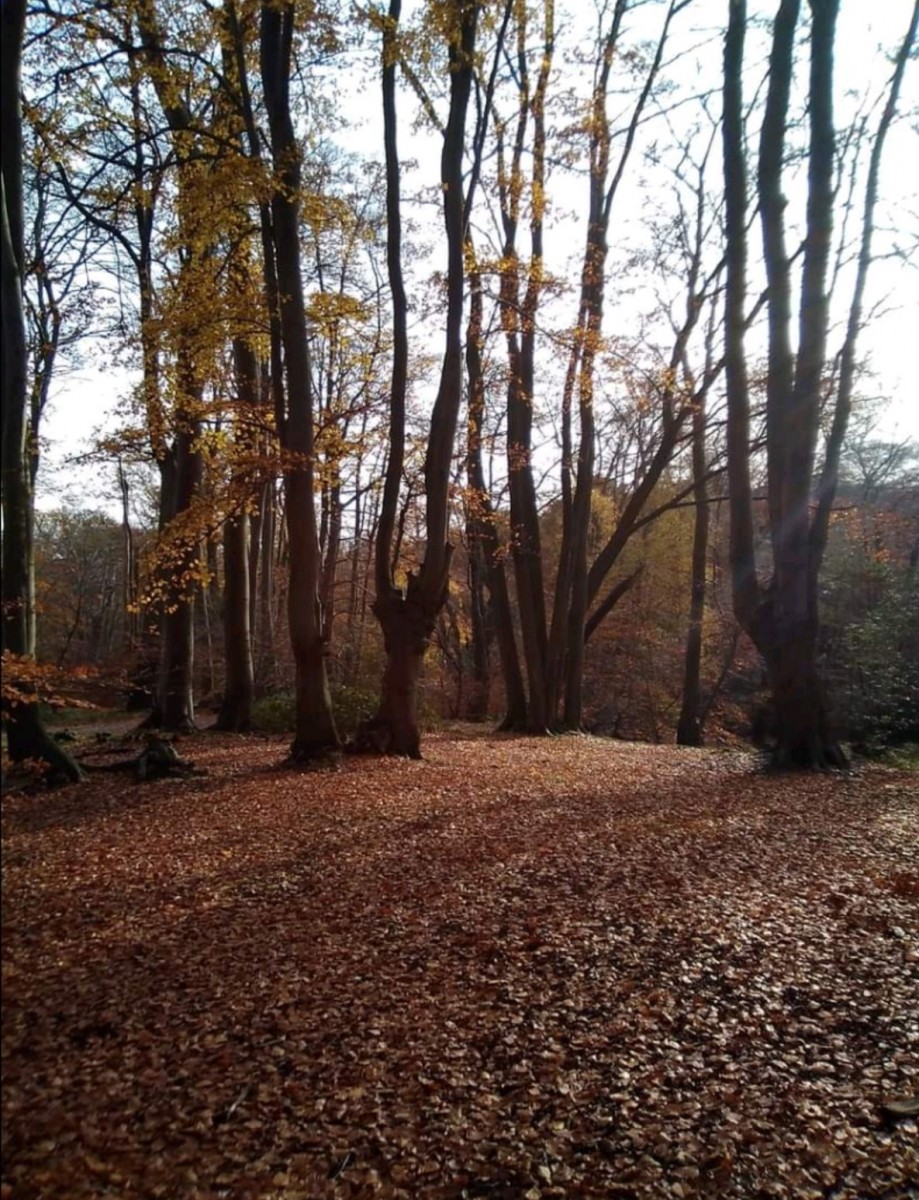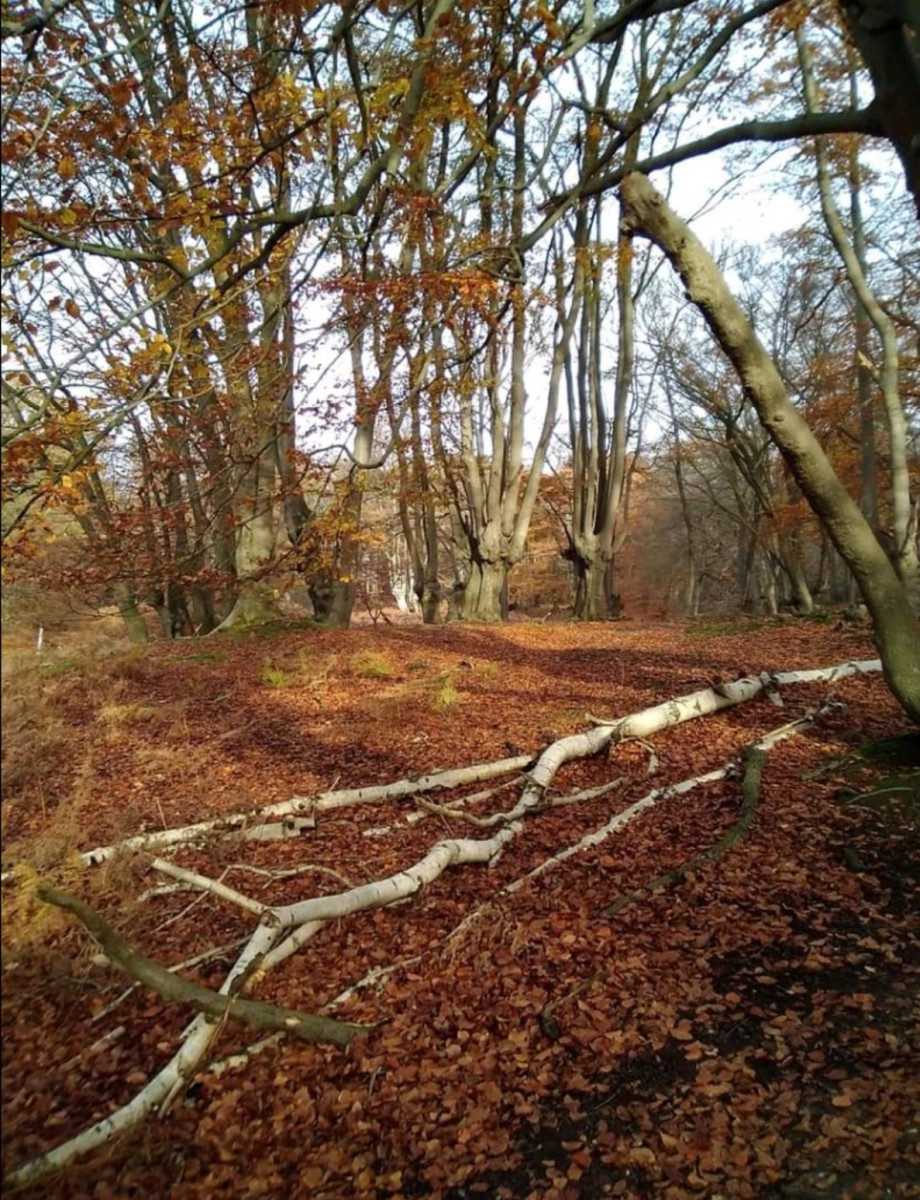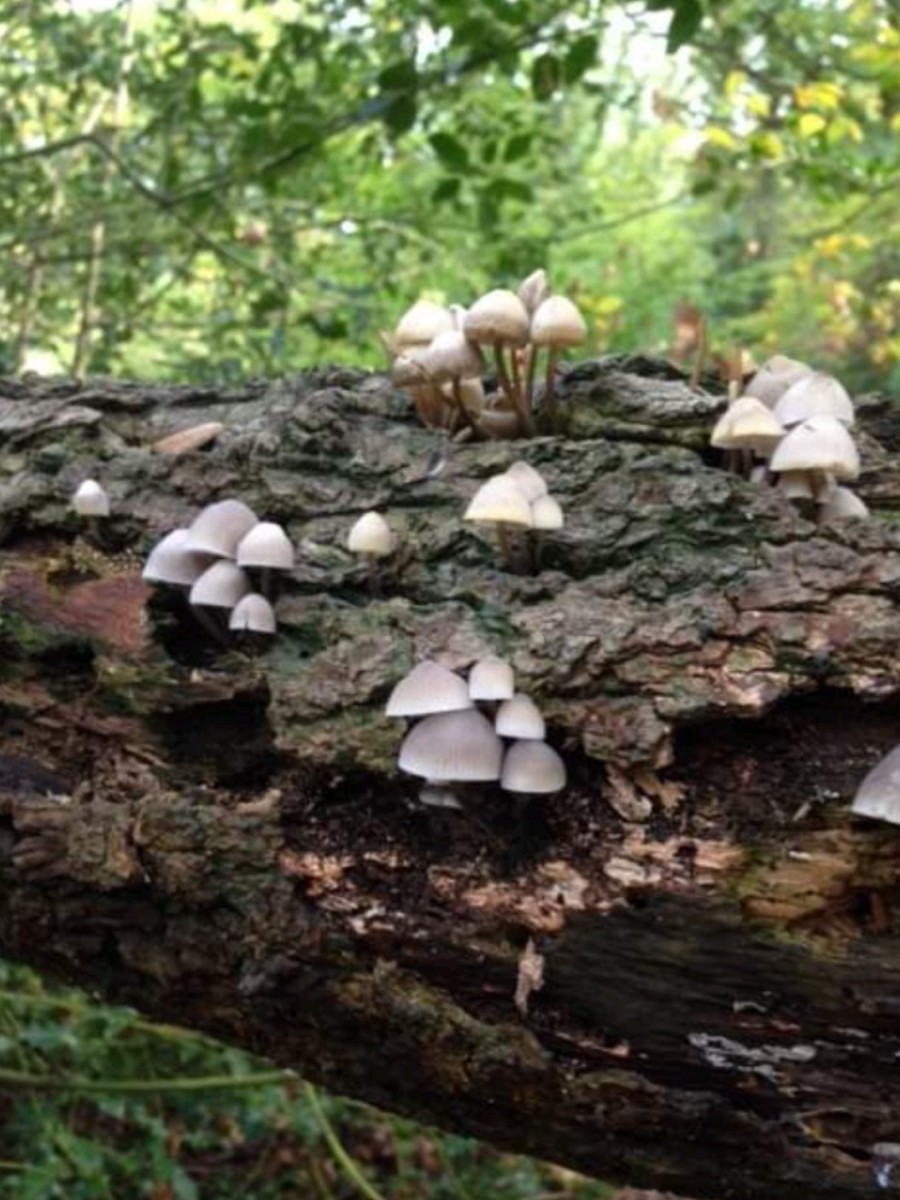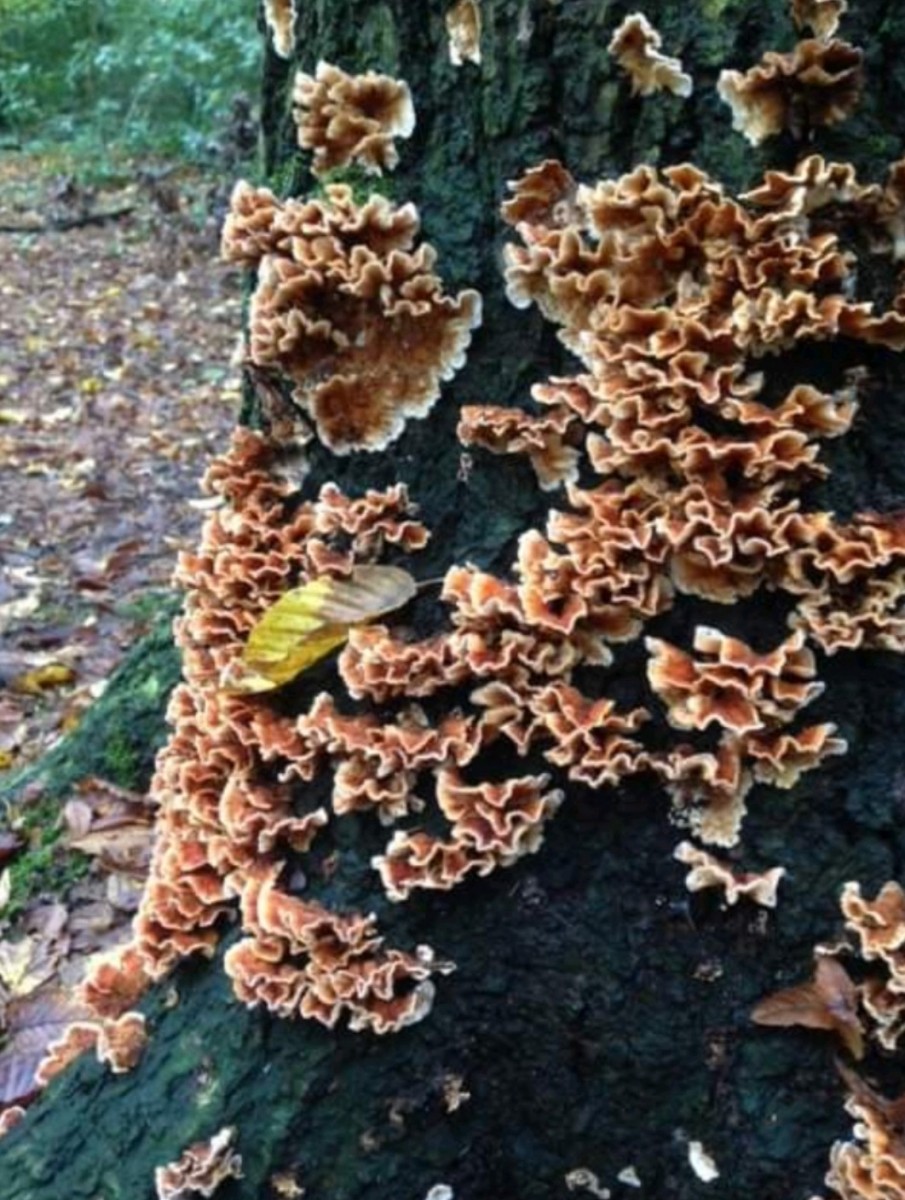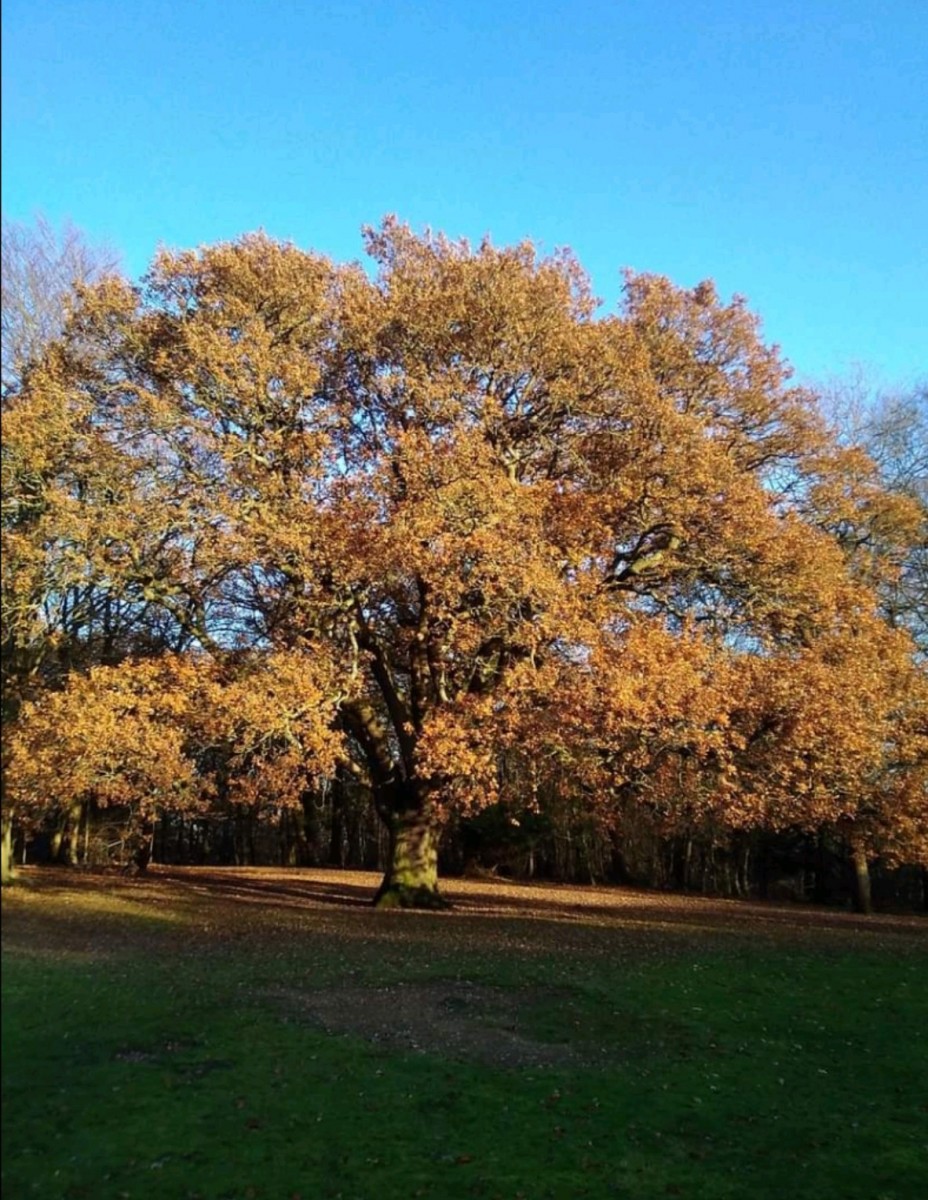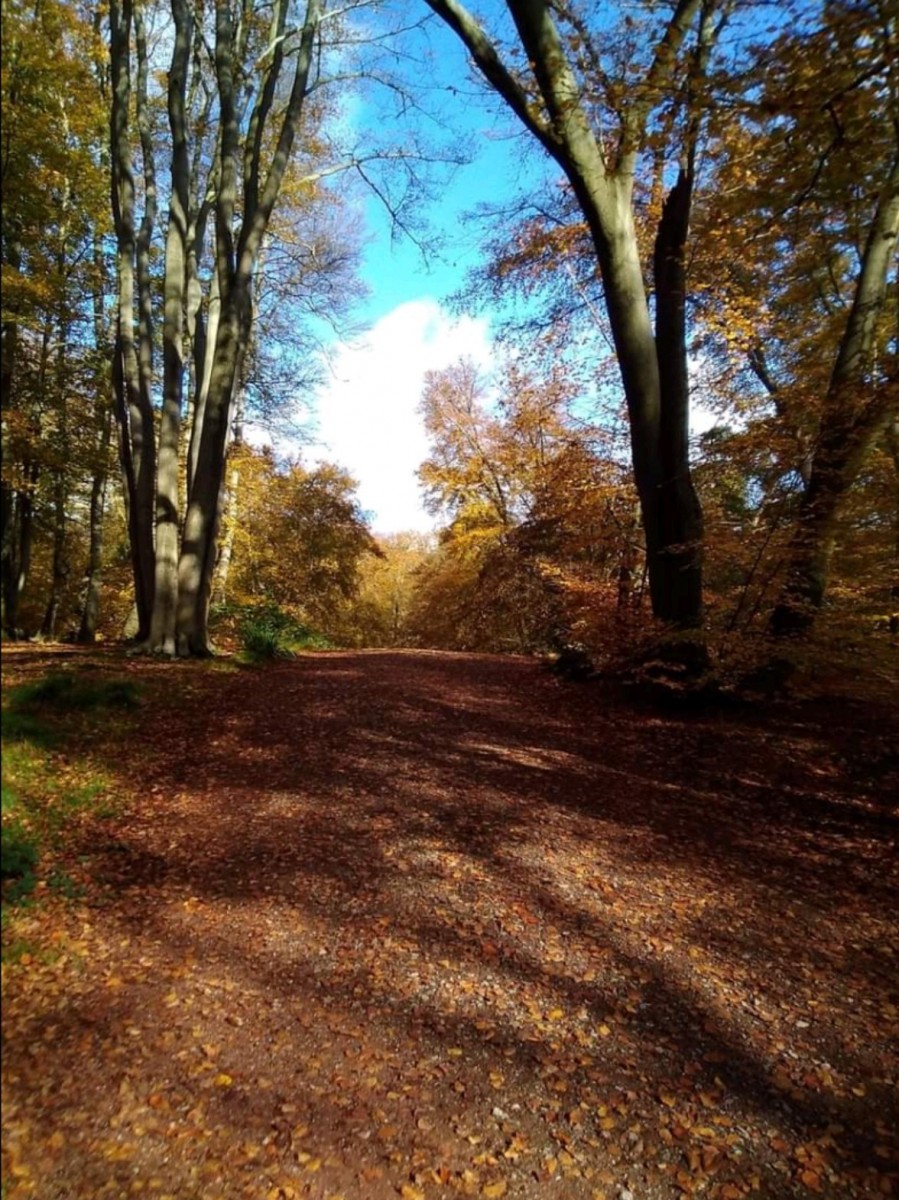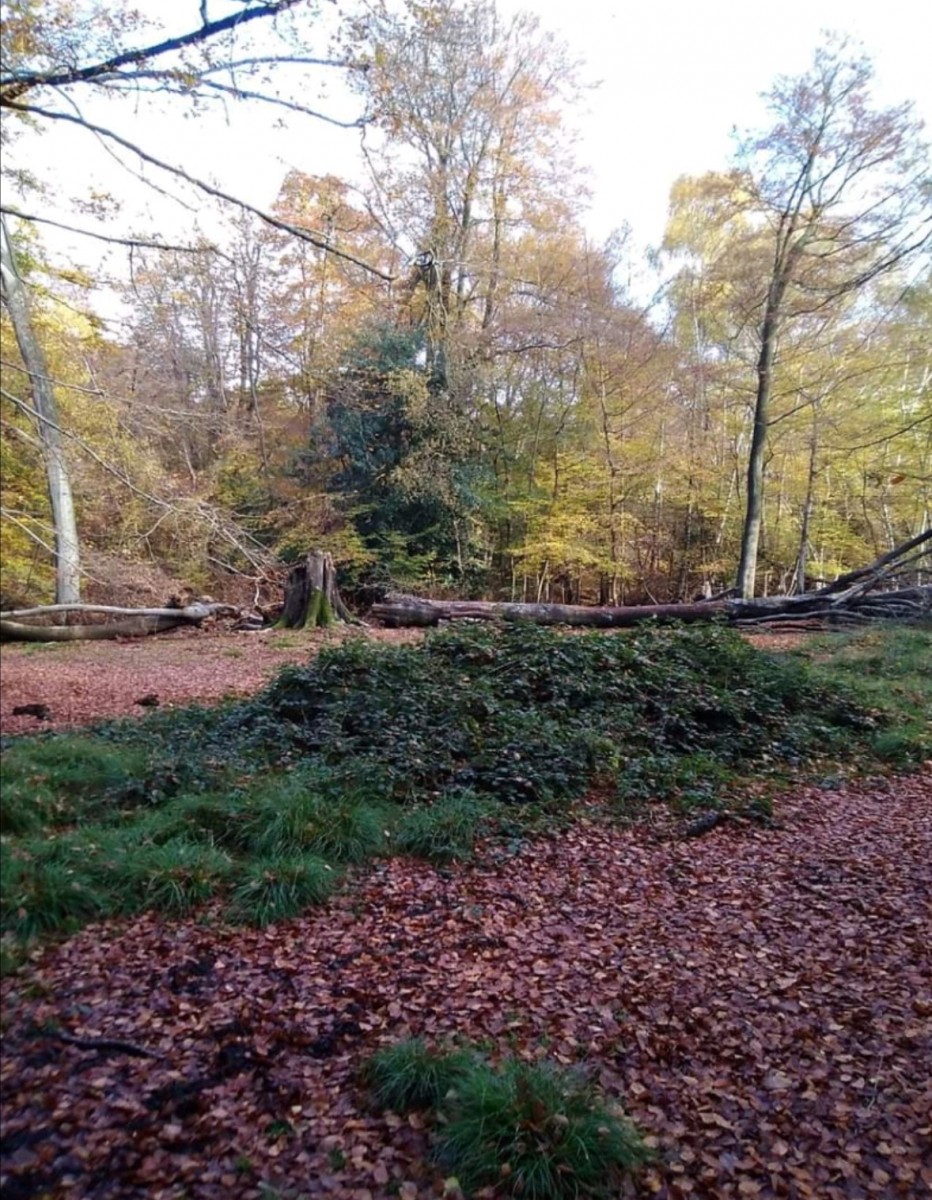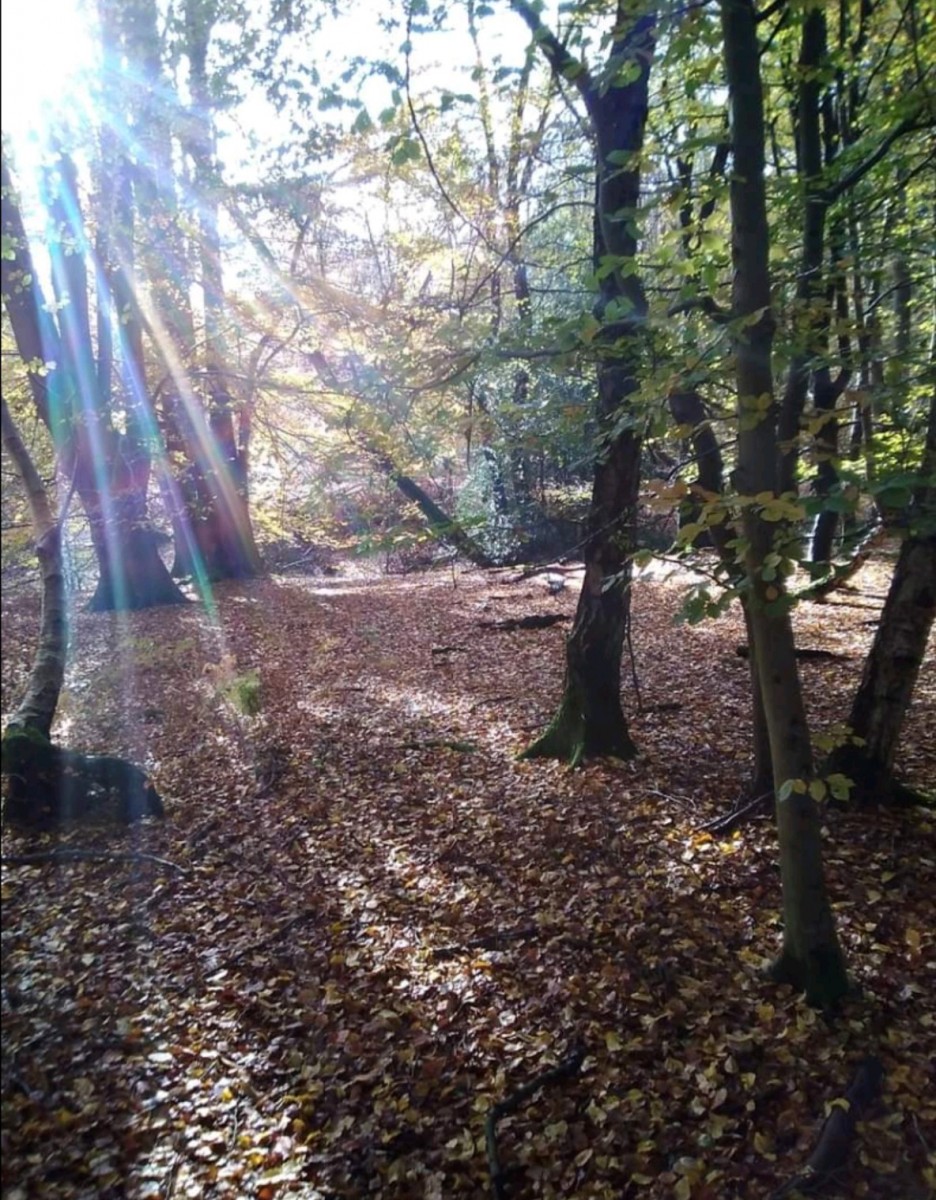Epping To Woodford, Autumn In The Forest

I am very much a summer person and always feel a tinge of sadness as the nights draw in, but autumn in the forest has it’s own unique beauty many people describe as magical. This is the one time you can see that rather than being all the same, the forest is very different in every location it covers. Not just because the different species of tree predominant in different locations produce such vast differences in autumn colour, but because without the cover of leaves you start to notice anomalies in the lay of the ground you might otherwise have overlooked.
![]()
The soil itself is also very different in structure at different locations, hence why the south of the forest is unable to support huge beech trees in the great numbers seen in the north of the forest. In the south the soil becomes shallow and gives way to London clay as it drops toward the Thames Valley, which is more suited to Oak/Hornbeam. In the north the deeper topsoil is able to support Beech trees of colossal proportions.
Arriving at Epping station I walk up an alleyway behind the car park which cuts through to Centre Drive where I turn right and then left up Ambresbury Road. Where have I heard that name before? At the top I go through an alleyway which takes me onto Hemnal Street where I turn left walking south along what was once a Roman road, heading toward Bell Common. Crossing the common I enter the forest in an area called the Epping Thicks. From here I walk south keeping the High Road just within sight to my right.
It’s not long before I reach Ambresbury Banks, the remains of an Iron Age hill fort cloaked in a deep layer of fallen leaves from the surrounding beech trees. This really needs its own section along with Loughton Camp and other Neolithic sites in the forest, so I wont focus this walk on those. Walking south from Ambresbury Banks I eventually find myself at the Long Running. The rest of the year this would be a fairly easy north to south walk through what to all intents and purposes looks very much like an open heath, but not this time.
This time I find that every path I follow is blocked by huge pools of water cutting me off and I have to walk back on myself to find another route through. This happens again and again on this section but gives me an opportunity to take pictures of the boggy open grassland with large trees around the periphery giving a rich autumn backdrop to the now brown and gold bracken on the ground. I think how much easier this was in summer. Occasionally I see the odd striped tail of a Fallow deer running away, something I’ve never been lucky enough to get a decent picture of.
I soon find myself at Jacks Hill with the Wake arms to my right. This small section has numerous hollows which quickly become seasonal ponds and present further challenges finding a way through. I eventually find my way to the roadside and cross Goldings Hill heading back into the forest again. From here I continue south alongside Epping New Road, I make a point of avoiding main paths and follow deer runs through the denser areas heading towards the Great Monk section of the forest. It is from here I start to encounter larger ponds and channels forming tributaries to Loughton Brook.
My route just brushes the edge of Deer Shelter Plain then takes me toward the New Road. As I walk around the edge of a large pool near the road I can see on my maps that I am directly to the east of Wake Valley, too good an opportunity to miss I cross the road to take a picture of Wake Valley pond looking beautiful and crystal clear. The bare trees and brown reeds lining the pond reflected beautifully on the surface under a clear blue sky. This will always be my favourite lake in the forest because of it’s perfect isolation, I often find evidence of visitors in occasional litter or logs thrown into the lake but rarely ever see the people who left those clues behind. I think back to the late spring when I came here here to see what seemed thousands of tiny little toadlets leaving the safety of the lake for dry land.
I cross back over the New Road and continue south toward Robin Hood roundabout and this is where the terrain starts to change very suddenly and in places quite dramatically. The forest is surrounded by valleys on the outside, but it’s easy to miss the concealed smaller valleys inside the forest. Usually hidden behind a densely clothed canopy I can now see through the trees and as I approach from the north. The ground drops sharply into what almost looks like a small ravine then climbs steeply back up the other side. This is Shelly’s Hill, below which is the top of Kate’s Cellar. Standing on high ground looking down through the trees I can see the distant roof of the now bare canopy to the north of the forest behind me.
The ground forms into a noticeable summit here where the sun now low in the sky catches the carpet of fallen beech leaves on the ground which light up around me in rich hues of red gold and brown, playing with the autumnal sunlight streaming in at low level through the bare branches. This is a special place, it almost has a mystical feel about it. I have stood here in summer and autumn and each time have felt like the only person in the world to find this spot. I walk between a group of huge Beech trees guiding me south, ahead of me I can see I am approaching the rear of the Robin Hood pub.
From my vantage point I walk down into another sharp drop behind the pub, before going back uphill to cross over Earls Path. Once across the road I again walk through the denser areas keeping the New Road to my right while I continue south heading towards Loughton, eventually finding a long green ride beside the road which I can see is running opposite Fairmead. This ride seems to have been cleared recently and leads to a car park where I bear south east heading towards the Warren. From here I go behind the depot and follow the path up to Warren Hill Plain, which to my shame was one of the last places in the forest I explored.
Warren Hill Plain is a diverse area of heathland surrounded by Oak and Hornbeam, hints of past enclosures provided by the non native edible Chestnuts peppering the hilltop. Facing the plain on the top of this hill by the track leading downhill to Manor Road, Grimstones Oak has been rumbled. It has serious competition in what I consider to be one of the most magnificent Oaks I have seen. Perfectly symmetrical, clothed all the way down with long sweeping branches giving it a perfect rounded shape. Oak trees don’t get much better than this. This is Oak perfection. Sorry to say this but Grimstone, you have a problem.
After stopping to take a picture of this beautiful Oak I walk down the track to cross Manor Road and head into Powell’s Wood at the rear of Buckhurst Hill Cricket Club. This is the final leg of my autumn walk before crossing the Cricket Pitch and exiting onto the High Road opposite the Roebuck, where I turn right walking through Buckhurst Hill back home to Woodford. The forest has certainly not disappointed today, the richness of the colours unique to a broad leaved woodland casting off it’s summer burden to rest for the winter has been beautiful to witness and capture on camera.
The smells of autumn accompanying me on every step, the brightly coloured fungi bursting from tree trunks and up from tree roots a reminder that even in decay and death there is still life waiting for the right conditions. I may well be a summer person but autumn in the forest is a thing of exquisite beauty to be treasured. As I look back on the year, in spite of the challenges of enforced lockdowns, I count myself fortunate that the forest has remained reliable and available.
Ambresbury banks Deer shelter plain Epping Footpath Forest Grimstons Warren
